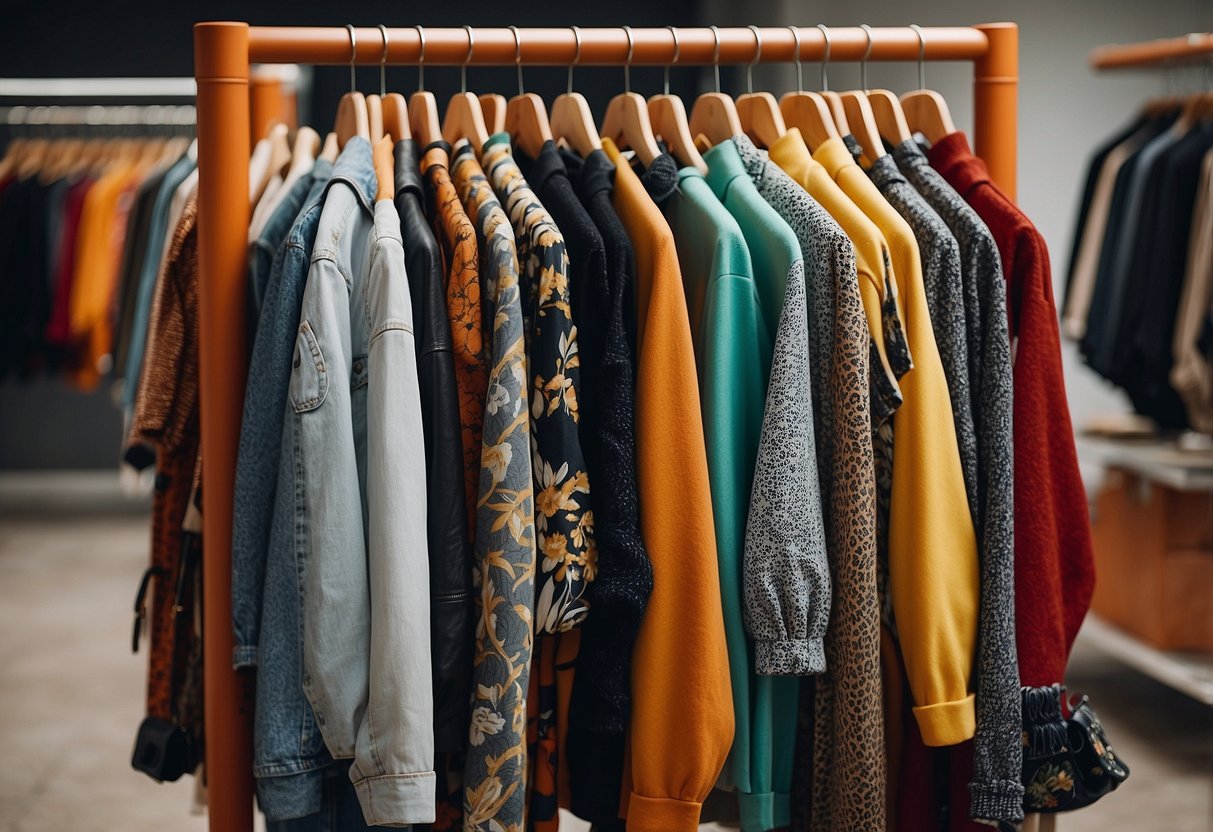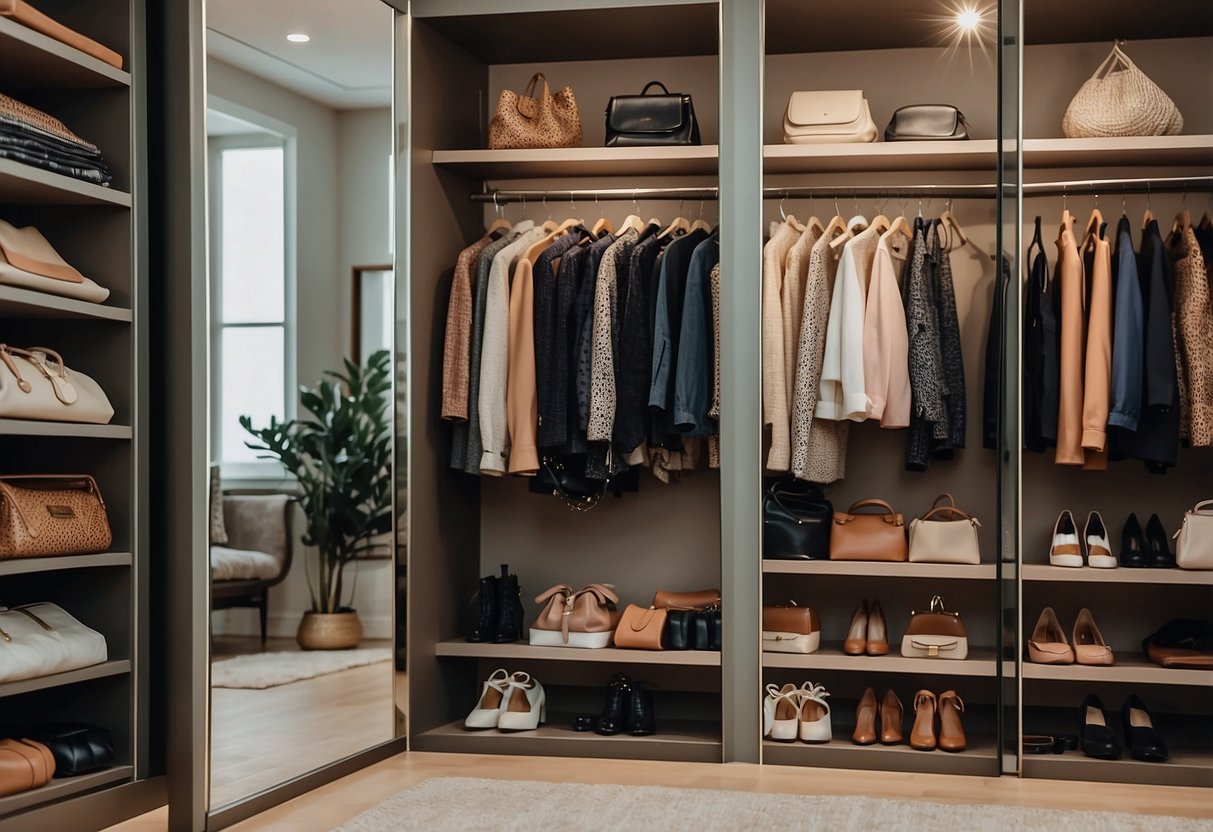
Personal Style and Trend Adaptation

Incorporating seasonal fashion trends into personal style requires understanding one’s unique fashion preferences and skillfully blending them with current trends. This ensures an authentic, comfortable look that resonates with individual identity.
Identifying Your Style Profile
Recognizing one’s style profile is crucial for effective trend adaptation. Start by assessing the wardrobe: take note of recurring themes in colors, patterns, and silhouette preferences. Is the existing collection more classic, bohemian, sporty, or eclectic?
Personal influencers can also provide clarity. Analyze favorite fashion icons or even everyday inspirations, such as nature or art. Understanding these influences helps to pinpoint style tendencies.
Evaluate lifestyle needs. Consider daily activities and adjust choices accordingly. For example, a person with a professional job might lean toward more polished, sophisticated trends, while someone with an active lifestyle might prefer functional, comfortable pieces.
Lastly, reflect on past fashion successes and mistakes. Understanding what has worked well and what has not can guide future trend integration, ensuring the choices align with the true self.
Integrating Trends with Personal Aesthetics
Adapting current trends to personal style requires a balanced approach. Start by selecting trends that naturally complement the existing wardrobe. If a color is in vogue, incorporate it into accessories or statement pieces rather than overhauling the entire closet.
Experimentation within comfort zones is key. Try new cuts or materials in smaller doses. For example, test a trendy cut in a familiar pattern or fabric to maintain comfort while stepping outside usual choices.
Mixing and matching trends with staple pieces provides a cohesive look. Pair a trendy blazer with a timeless pair of jeans or a fashionable dress with classic shoes. This method ensures the outfit remains stylish yet personally authentic.
Gradual incorporation avoids overwhelming changes. Introduce one new trend at a time and see how it meshes with personal style. Adjustments and refinements can be made without disrupting the overall aesthetic balance.
Color Theory in Seasonal Fashion
Seasonal fashion relies heavily on the strategic use of colors. Choosing the right colors can make or break an outfit, giving it vibrancy and coherence.
Seasonal Color Palettes
Each season brings its own color palette. For spring, pastels like soft pinks, light blues, and mint greens dominate. These colors reflect the freshness and renewal associated with the season.
Summer palettes lean towards bold and bright colors. Think of vivid yellows, fiery reds, and deep blues reminiscent of the sea and sky. These colors are energizing and perfect for capturing the essence of summer’s warmth.
In autumn, earthy tones become prevalent. Rich oranges, deep browns, and muted greens evoke the changing leaves and harvest. These colors add warmth and depth to any outfit.
Winter palettes usually feature darker, more muted colors. Shades of gray, navy, and forest green are common, reflecting the colder, quieter months. These colors provide a sophisticated and grounded look.
Mixing and Matching Colors
Balancing colors is crucial when creating a cohesive outfit. Start by choosing a base color that aligns with the seasonal palette. From there, add complementary colors to enhance the overall look.
For spring, pair pastel pinks with whites or light grays. This creates a soft, harmonious appearance. In summer, combining bright yellows with blues can produce a striking, lively contrast.
During autumn, use rich browns as a foundation and add touches of orange or green. This combination mirrors the natural environment. For winter, mix darker shades with accents of lighter colors, such as pairing navy with cream.
Experiment with patterns too. Stripes, florals, and plaids can add variety to your wardrobe. Remember to keep the dominant color in mind to maintain balance and coherence in your outfit.



